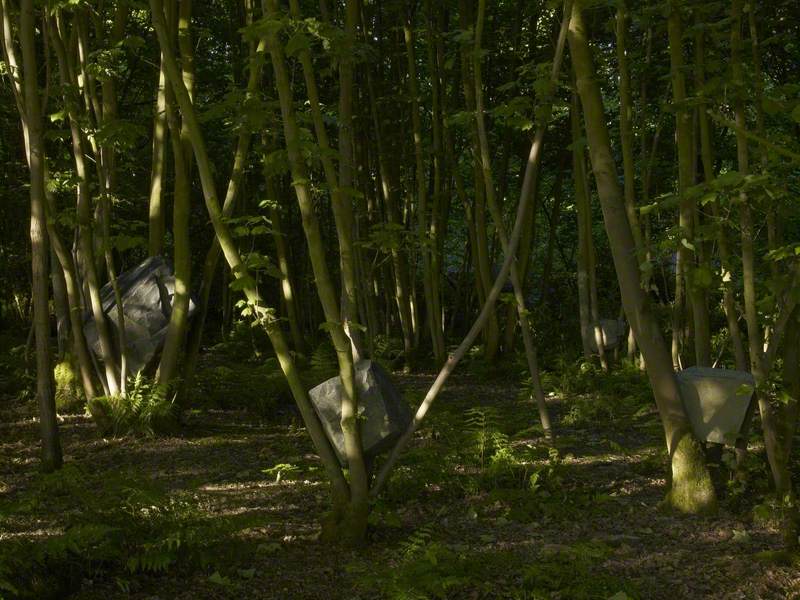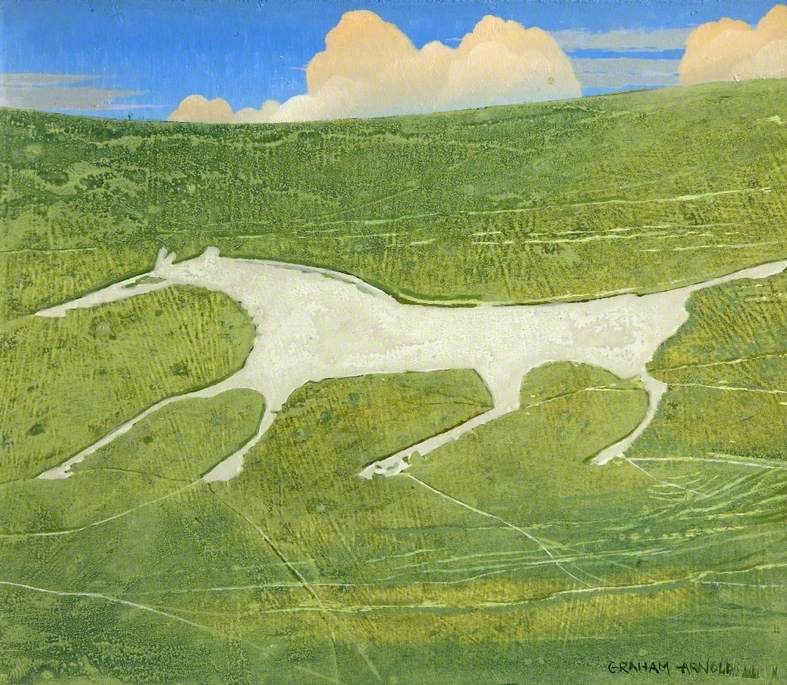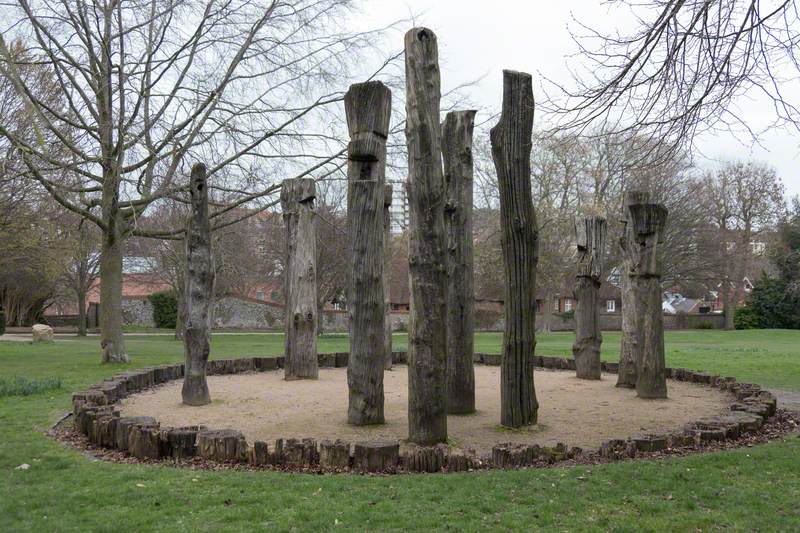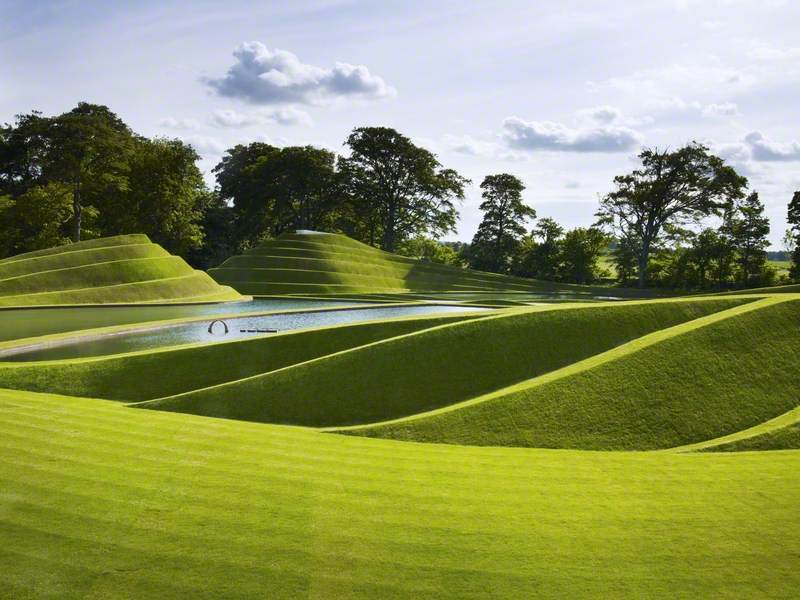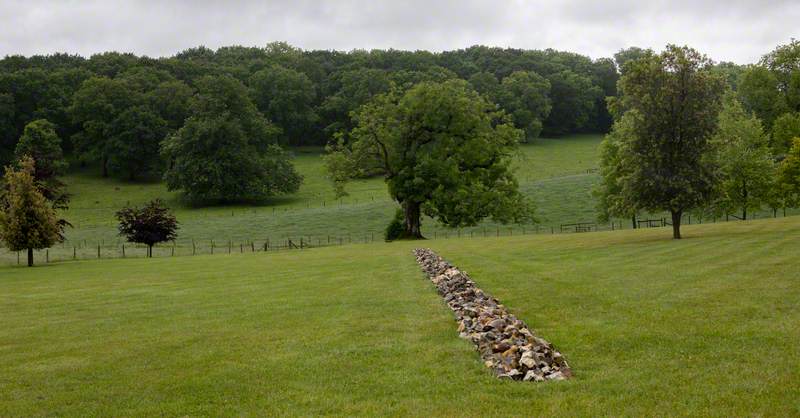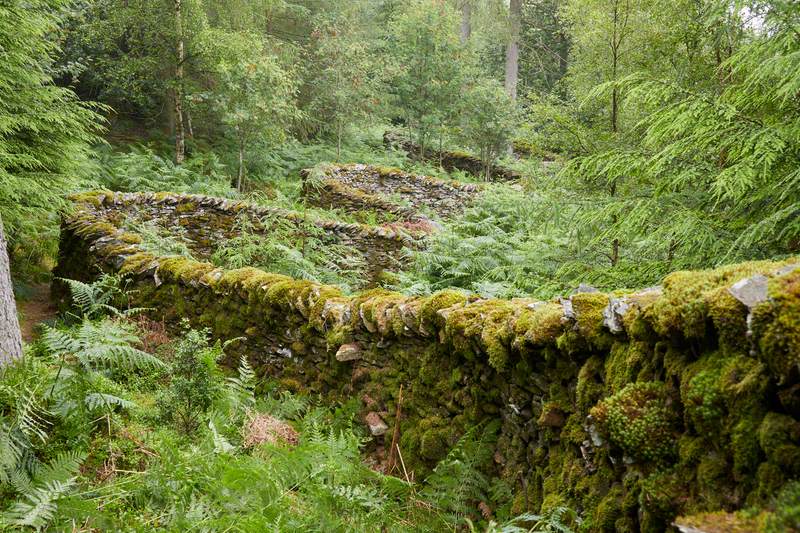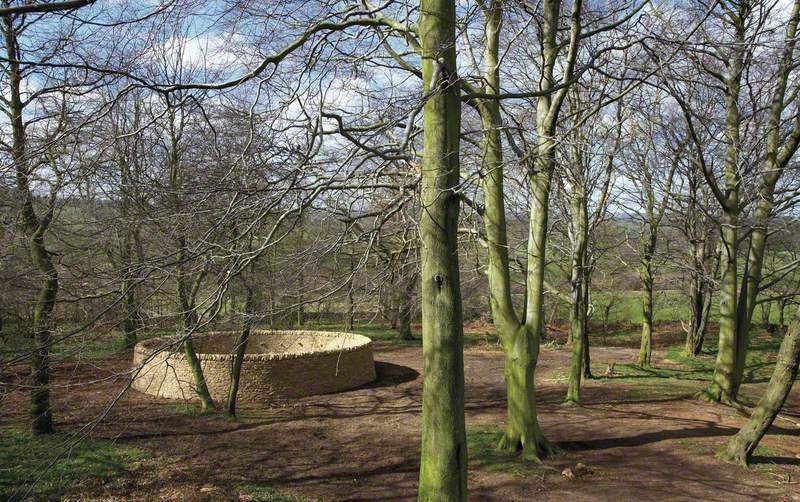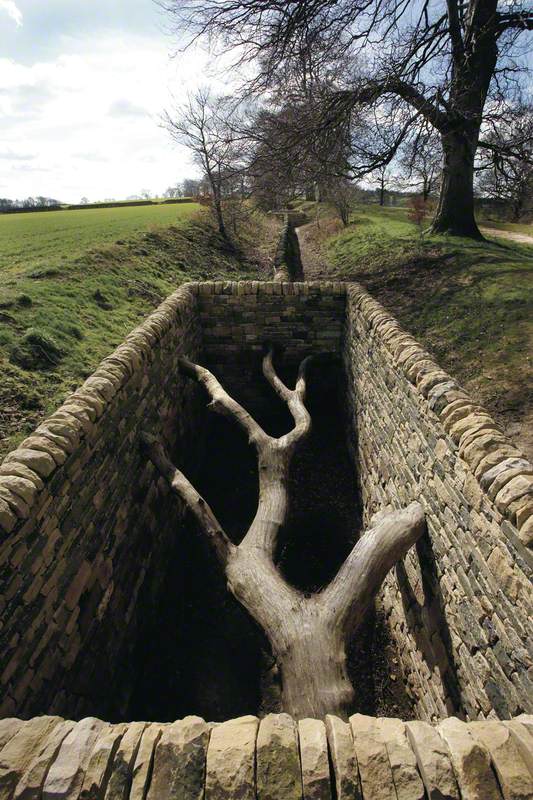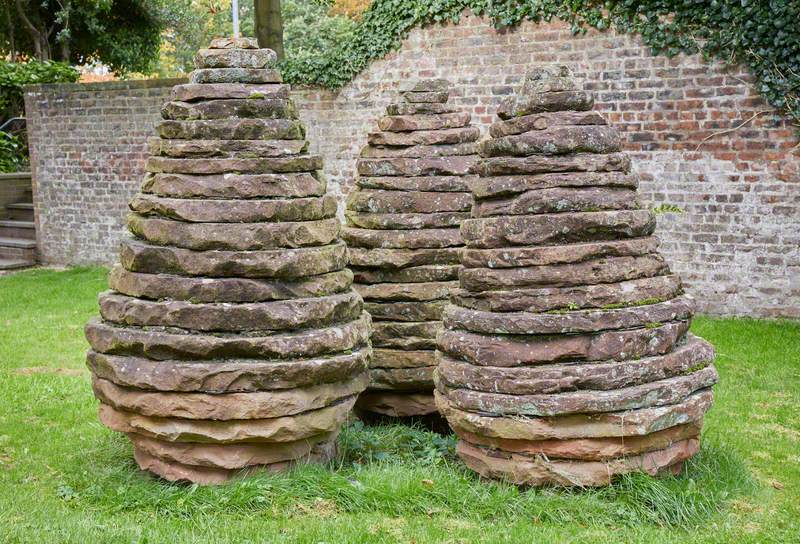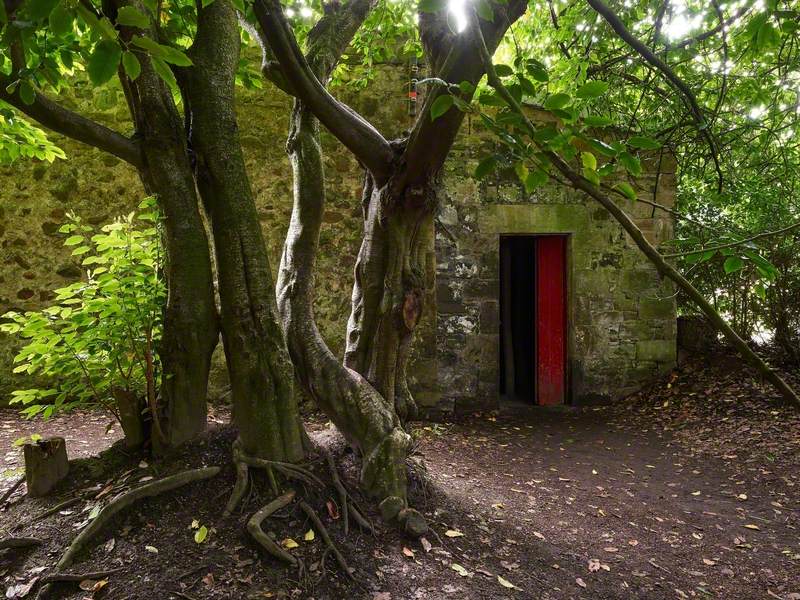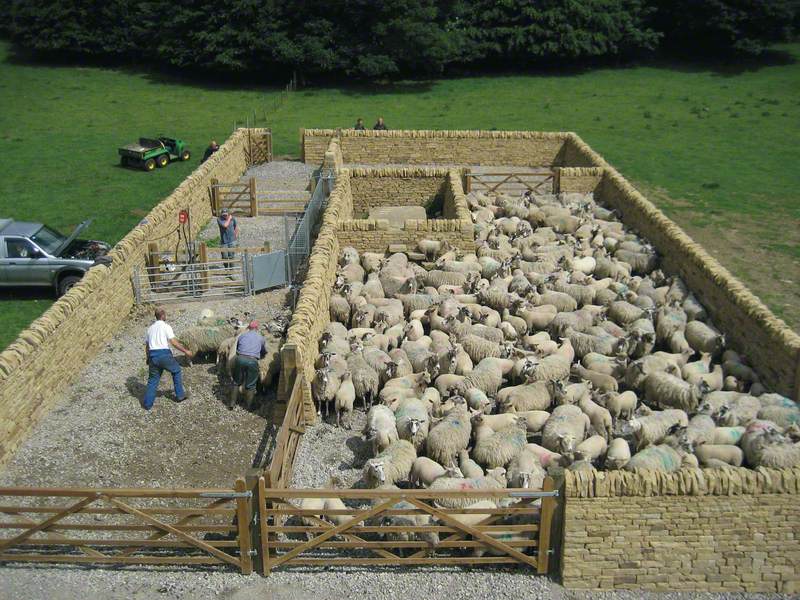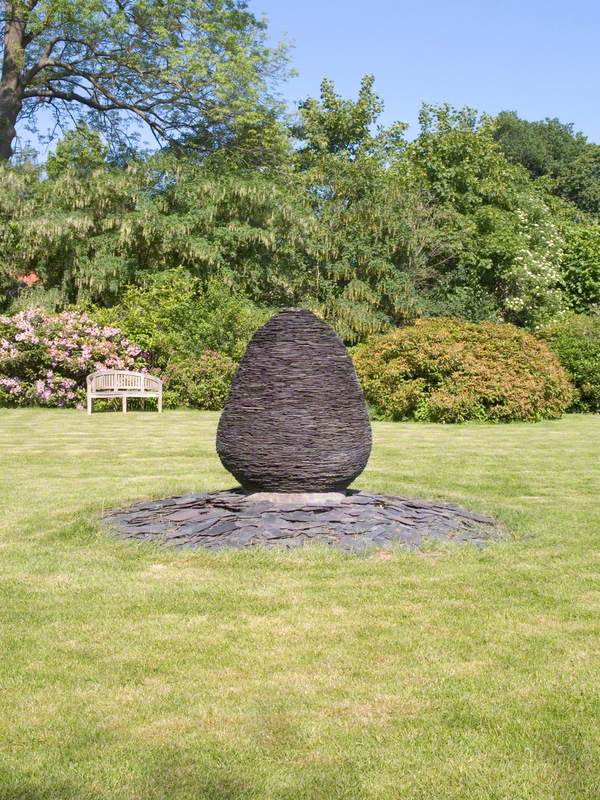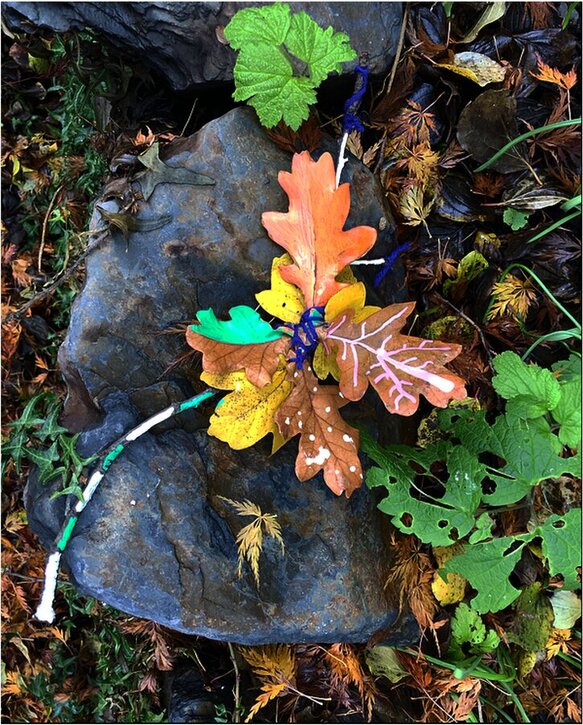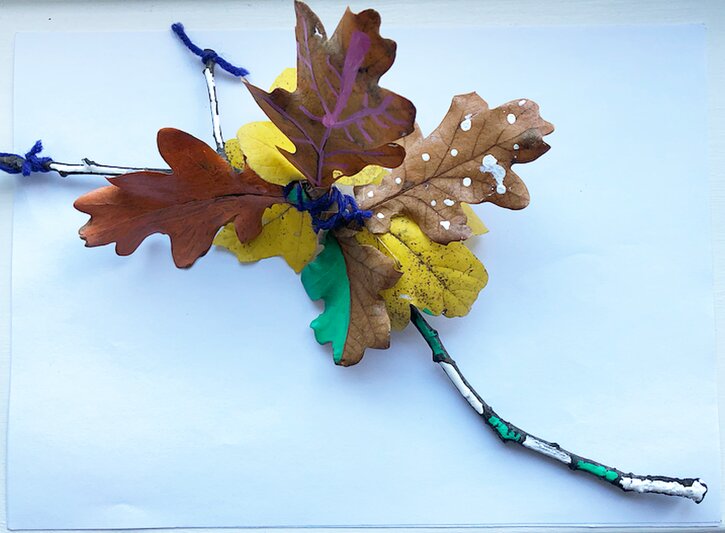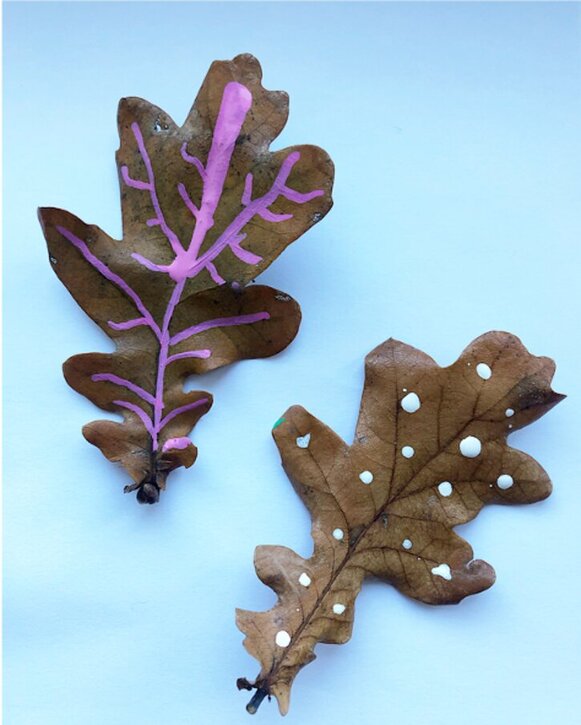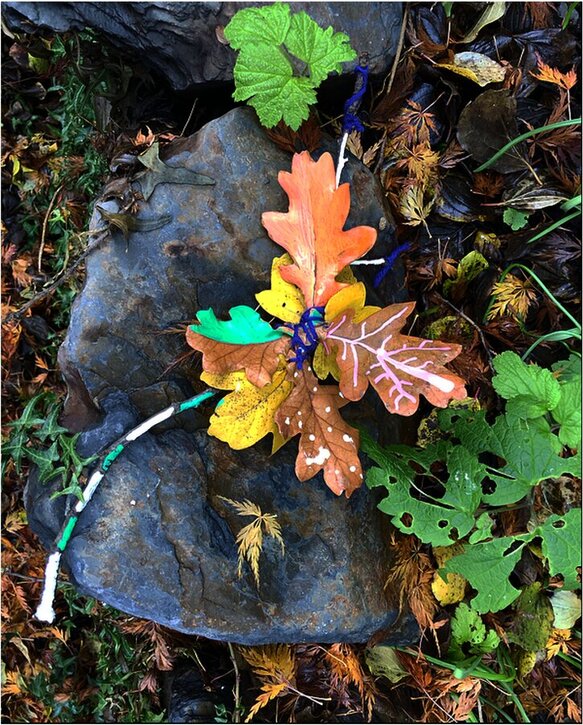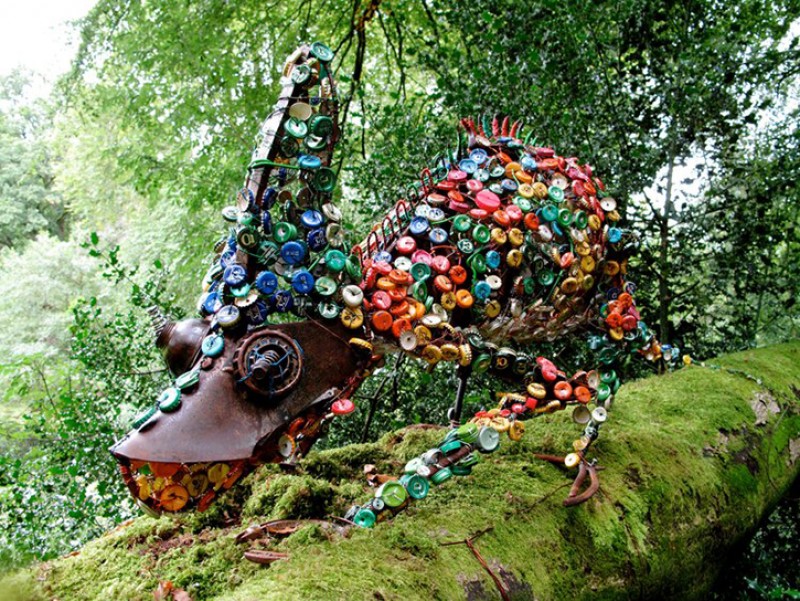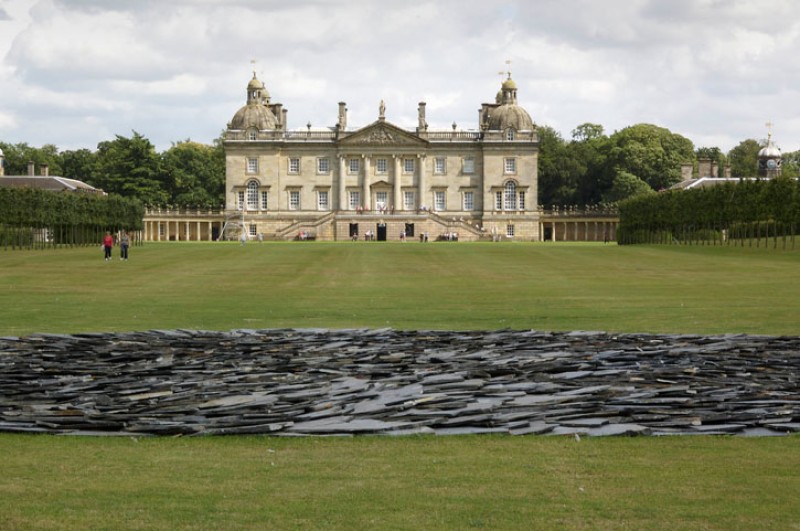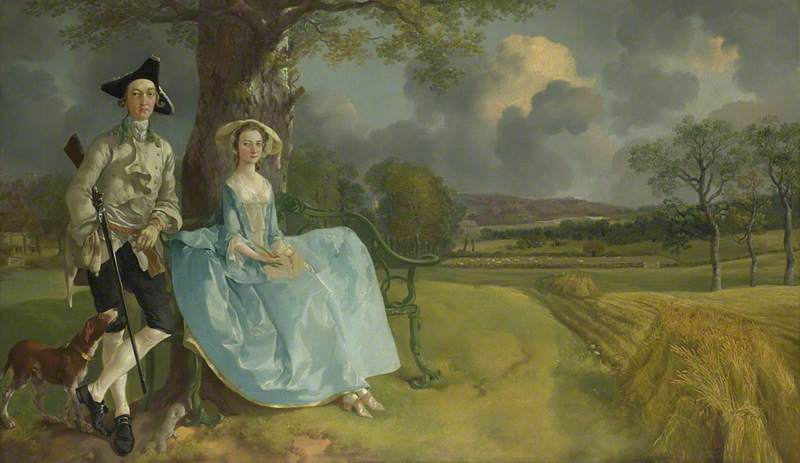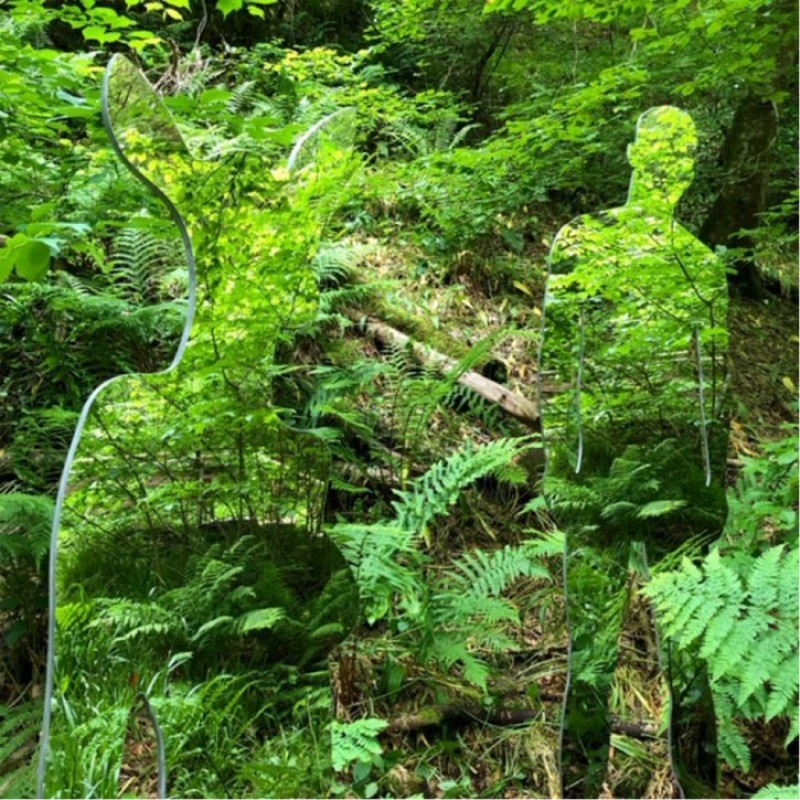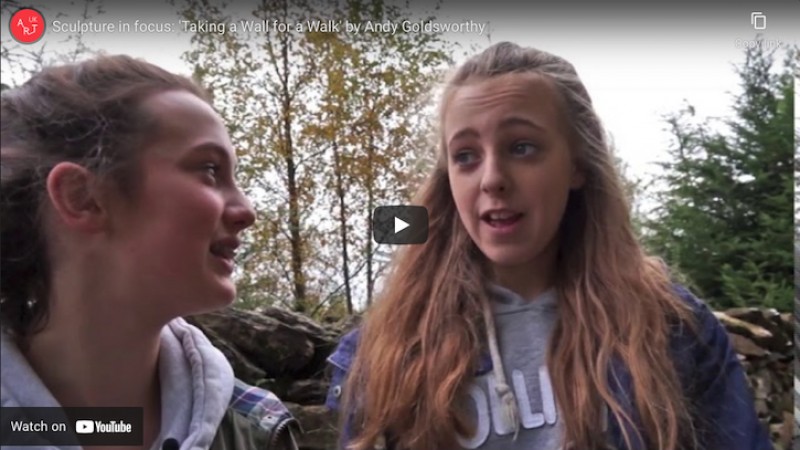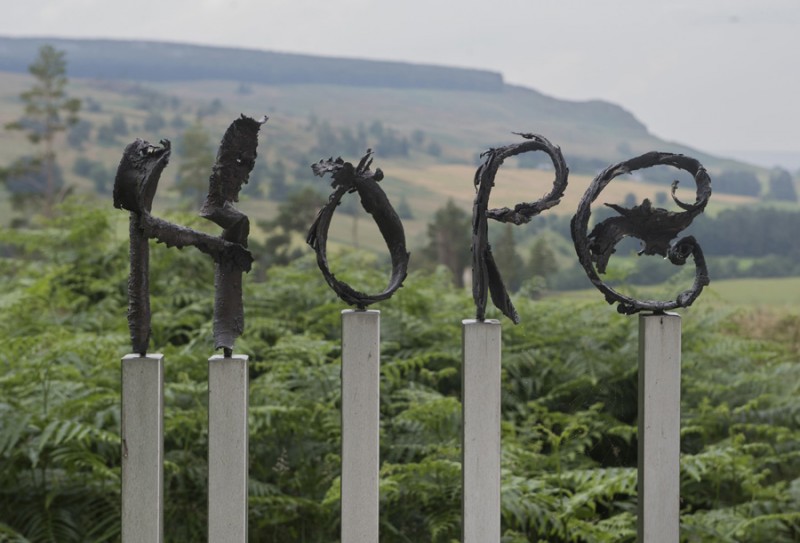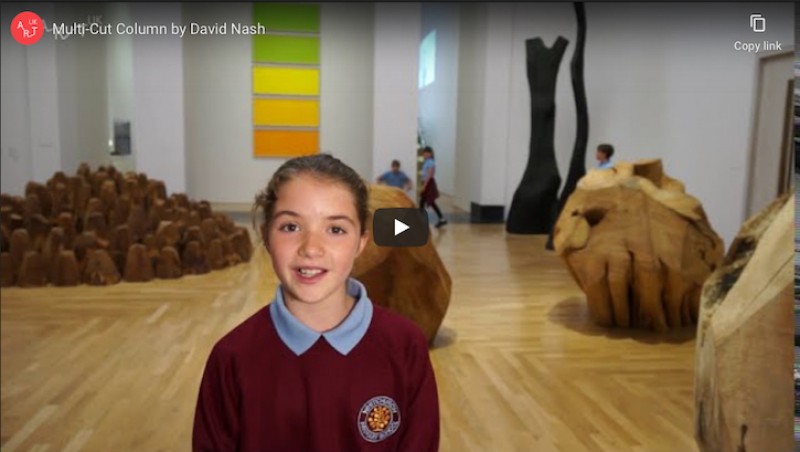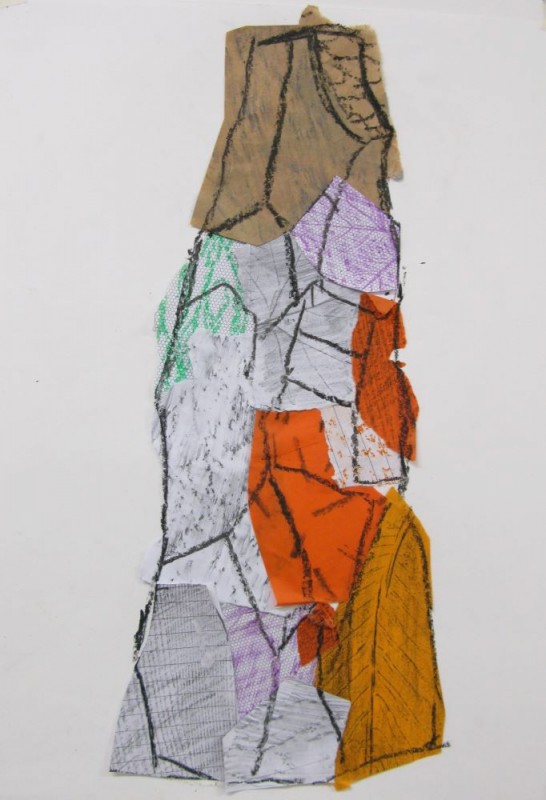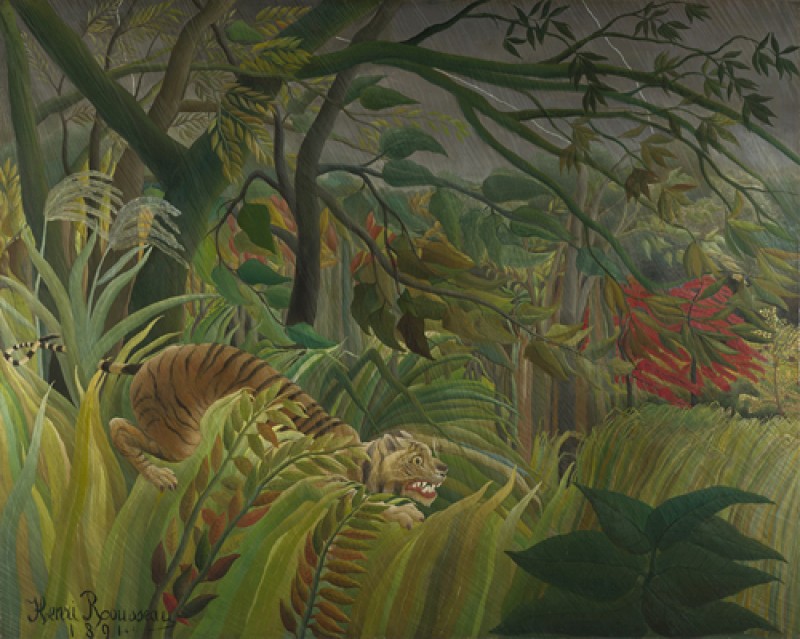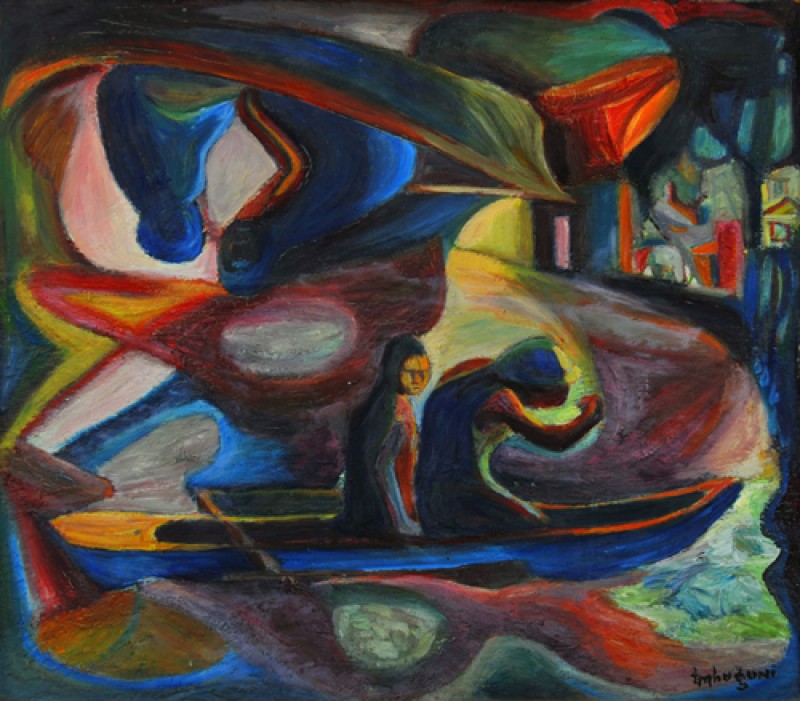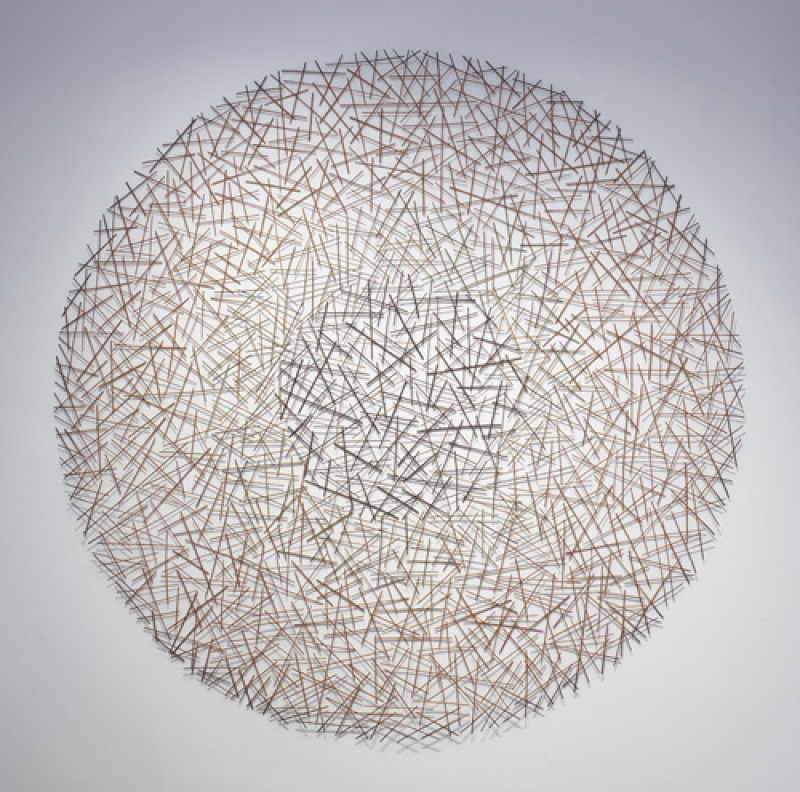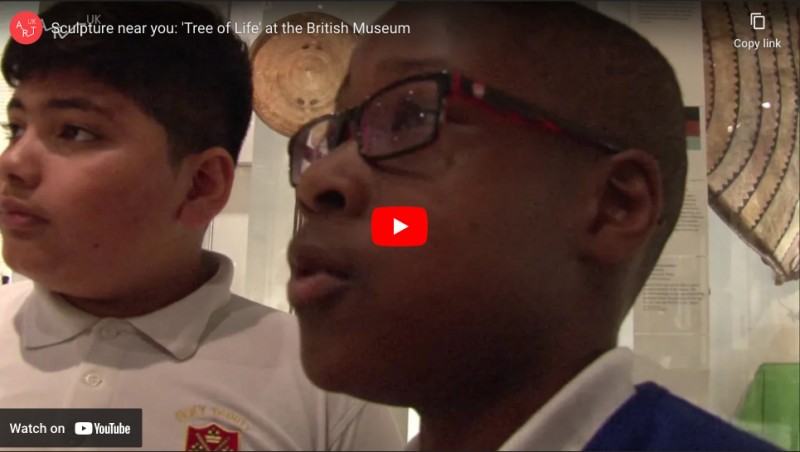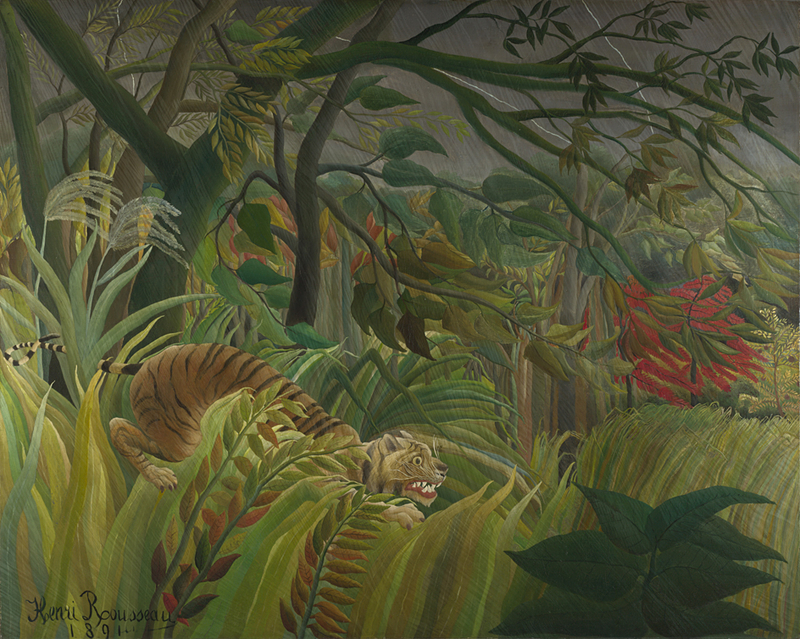Land Art
Land Art, also known as Environmental Art, are works of art, primarily sculpture, which are composed of natural materials from the Earth such as plants, rocks, soil and sand, or that interact with these elements. This art movement emerged in the 1960s and 1970s in conjunction with the growing ecological movement, but it also has roots in the art created by people of the past such as standing stones and the outlines of animals marked out on hills.
Land Art has often been made in remote and rural areas far from urban populations, and sometimes from materials that disappear over time. This led to artists relying on photo-documentation to share their work with audiences that couldn't reach it, or to capture the work before it fades away; sometimes this gradual decay has also been documented and is the artistic idea in and of itself.
Explore the following examples with your students and question: how has each work affected or been affected by its environment?
Many of the works have an interesting story. Click the image to find out more on the artwork page.
Andy Goldsworthy
Andy Goldsworthy (b.1956) is one of the most well-known and admired Land artists. His work interacts with nature itself, using natural materials like trees and stone to form intricate sculptures. His first examples of Land Art were created on Morecombe Bay during his time studying at Saint Martin's School of Art, creating exploratory works with sand, stones and his own body. From there he went on to work with stone, wood, snow and ice, often creating colourful patterns using leaves and building stone structures that interplay with the landscape.
.jpg)
